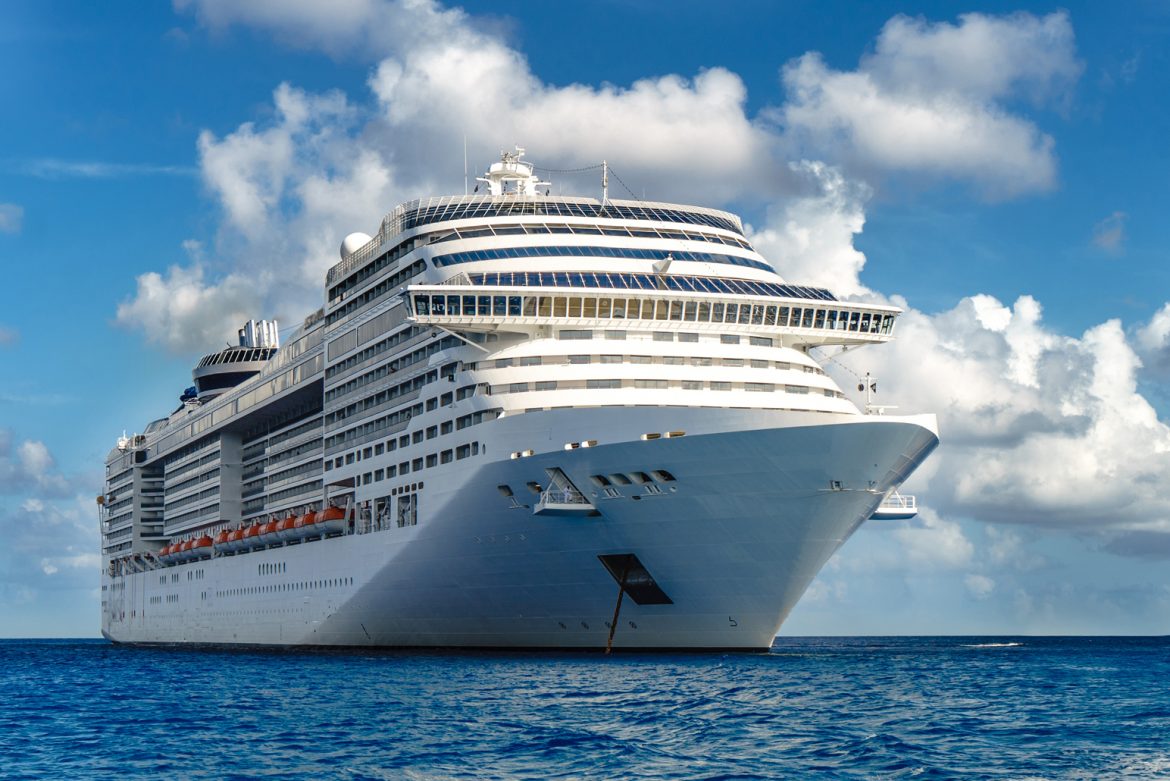
What is an EAL?
An environmentally acceptable lubricant is a lubricant which is biodegradable and minimally toxic. The aim in using EALs is to help protecting the nature. A lubricant is classified as environmentally acceptable, when the test result of OECD 301B showed that the lubricant is at least %60 biodegradable. Using environmentally acceptable lubricants means using lubricants with a low harm on the environment. EALs also reduce the CO2-emission and decrease your footprint on the earth.
Properties of Good EALs

A good EAL has properties to show. These are: hydraulic, thermal and oxidation stability, a high boiling point, a low freezing point, a high viscosity index, high water resistance and of course, it protects from corrosion. Though the main property, which is rigorous, is that the lubricant is rapidly biodegradable and sustainable. In order to protect our planet, it is recommended that you use lubricants that are biodegradable. We do not want to harm the nature, so buy EALs!
Functions of EALs
Various kinds of EALs can be chosen in the wide product range: Hydraulic oils, gear oils, engine oils, greases, stern tube oils and wire rope lubricants. Each is used in different operations areas, and also within a classification they can be used in various operation fields.
EALs perform various functions. In general, it can be said that they increase the efficiency of the equipment. They protect the machines from corrosion, reduce expansion of metal due to local frictional heat, reduce wear and tear, enables smooth motion of the moving parts of the machinery, and finally they reduce the loss of energy in form of heat. So you see that EALs not only protect the nature, but also your machinery. That means ecology and efficiency at the same time.
